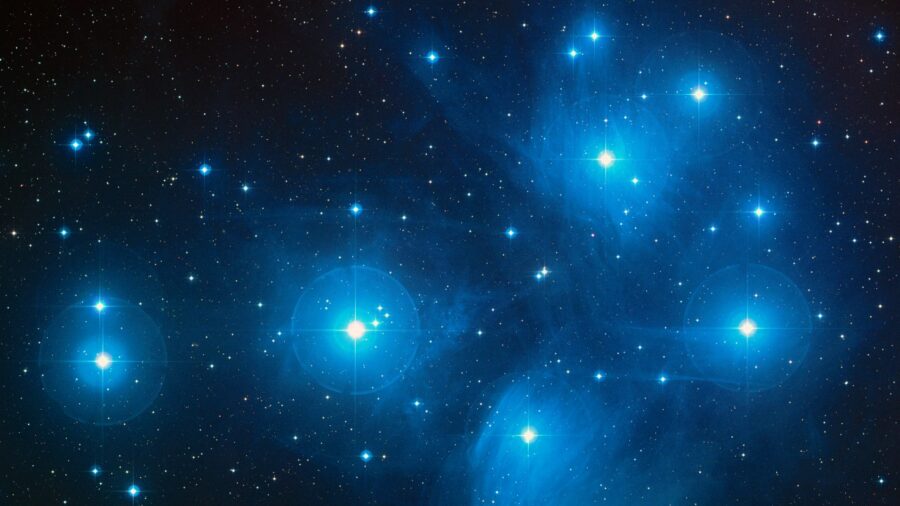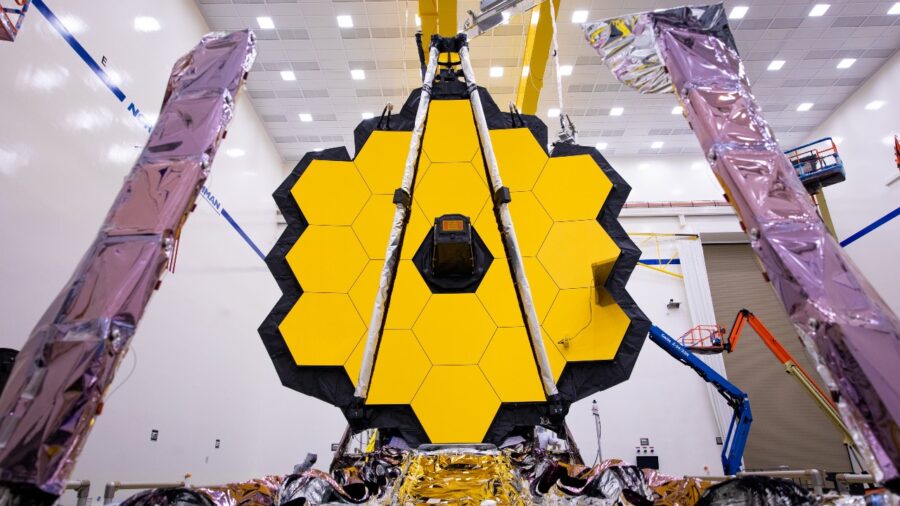Webb Telescope Discovering First Stars In The Universe?

The James Webb Space Telescope is one of the most advanced pieces of technology ever crafted, assisting NASA astronomers with studying deep-space elements dating back to the origins of the universe. The telescope is so advanced that researchers have been utilizing the tool to peer into the universe’s first-ever stars and galaxies, using infrared signatures to visualize stars within the obsidian void of space. Staring into the infinite void of space may even be able to provide human beings with answers to some of the universe’s most mysterious questions.
Some of the ancient stars observed by the Webb Telescope are estimated to weigh in at over 1,000 solar masses.
As you may know, the James Webb Telescope, and others like it, can reach vast distances of space. This allows humans to get a glimpse of distant galaxies as they were millions of years ago, due to the way that light travels. Because light from those far-off locations would take millions of years to reach the surface of Earth, scientists are effectively time-traveling to the prehistoric state of these locations.
Now that researchers are utilizing the Webb Telescope to peer further into the past than ever before, they have begun to see blackout conditions rendered by the absence of stars. Ancient stars, such as those that were formed only 50 million years following the Big Bang, were responsible for lighting the earliest known galaxies with their enormous masses.

Some of the ancient stars observed by the Webb Telescope are estimated to weigh in at over 1,000 solar masses. For a point of reference, our red glowing sun currently holds a mass of over 333,000 times that of planet Earth, containing 99.86 percent of all mass in our Solar System.
The earliest stars captured by the James Webb clock in at more than 1,000 times the mass, meaning the placement of one of these stars where our sun is would leave the Earth completely vaporized.
The primordial elements crafted by the first stars known to the universe were responsible for synthesizing the first metals ever made, before expanding further and further into the growing nothingness. This lack of internal metals is partially why the solar masses of these stars were able to grow so large, according to researchers.
The largest and most distant stars ever captured by the Webb Telescope were seen using gravitational lensing, sensing light which is up to 12.7 billion light-years away.
Because light from those far-off locations would take millions of years to reach the surface of Earth, scientists are effectively time-traveling to the prehistoric state of these locations.
Advanced magnification isn’t the only tool the famed device has at its disposal for searching deep within the distances of the cosmos. If NASA scientists continue to peak further in time with the James Webb Space Telescope, they may even be able to observe events that occurred before the stars began lighting the way. This is possible through the JWST’s incredible penchant for functioning in infrared light, performing deep-field observations of pitch-black corners of the galaxy.
New deep-space discoveries seem to be made every day thanks to the modern marvel of the Webb Telescope. As scientists remain diligent in the search for the universe’s ancient mysteries, new and exciting reports are sure to arise.
Source: arXiv










